Five 2019 Historic Preservation Awards winners announced in Charlotte
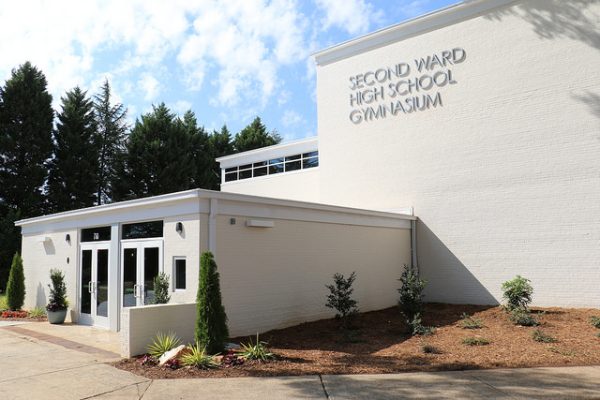
Charlotteans often lament how many old buildings here have been torn down, but there are still structures worth saving, along with groups and developers willing to put in the work.
On Thursday, the Charlotte Museum of History announced the winners of its 2019 Historic Preservation Awards. The five honorees, from 27 nominations, include a historic high school gym, a hip, repurposed mill, and historic houses.
“We were thrilled with the interest level in this year’s preservation awards,” said Adria Focht, CEO of the museum. This group of honorees was the first after a four-year hiauts in the awards. “We believe this is reflective of a city with a growing passion for preserving its architectural heritage and for protecting Charlotte’s unique sense of place.”
Tom Mayes, a Mecklenburg native (and chief legal officer and general counsel for the National Trust for Historic Preservation, as well as author of “Why Old Places Matter: How Historic Places Affect Our Identity and Well-Being”), said communities need to recognize the value of old buildings.
“Old places matter deeply to our communities, even if we sometimes struggle to put that value into words,” Mayes said. “Old buildings help people flourish for many reasons, from the experience of beauty at a place like the Dilworth Historic District, to the memories people hold of the Excelsior Club, to the connection to community identity at the old churches throughout the area, such as First Presbyterian Church. Beyond those intangibles, old places support sustainability and economic growth.”
Here are the five winners, and a brief description of each from the museum (For more information, and to see honorable mentions, click here):
Excellence in Preservation Award: Second Ward High School National Alumni Foundation and Second Ward Gym
“The Second Ward High School National Alumni Foundation was established in 1980 by Dr. Mildred BaxterDavis, Louis C. Coleman and Cecelia Jackson Wilson, all alumnae of Second Ward High School. The City of Charlotte razed the school in the 1960s, along with most of the Brooklyn community, in the city’s first wave of “urban renewal.” That process displaced thousands of residents and ultimately destroyed more than 1,480 structures. The foundation is dedicated to sustaining the history of Second Ward High School and the Brooklyn community as a template for preserving Charlotte’s African-American cultural heritage…In 2018, the organization successfully advocated for the renovation and reuse of the circa-1949 Second Ward High School Gymnasium, all that remains of Second Ward High School.”
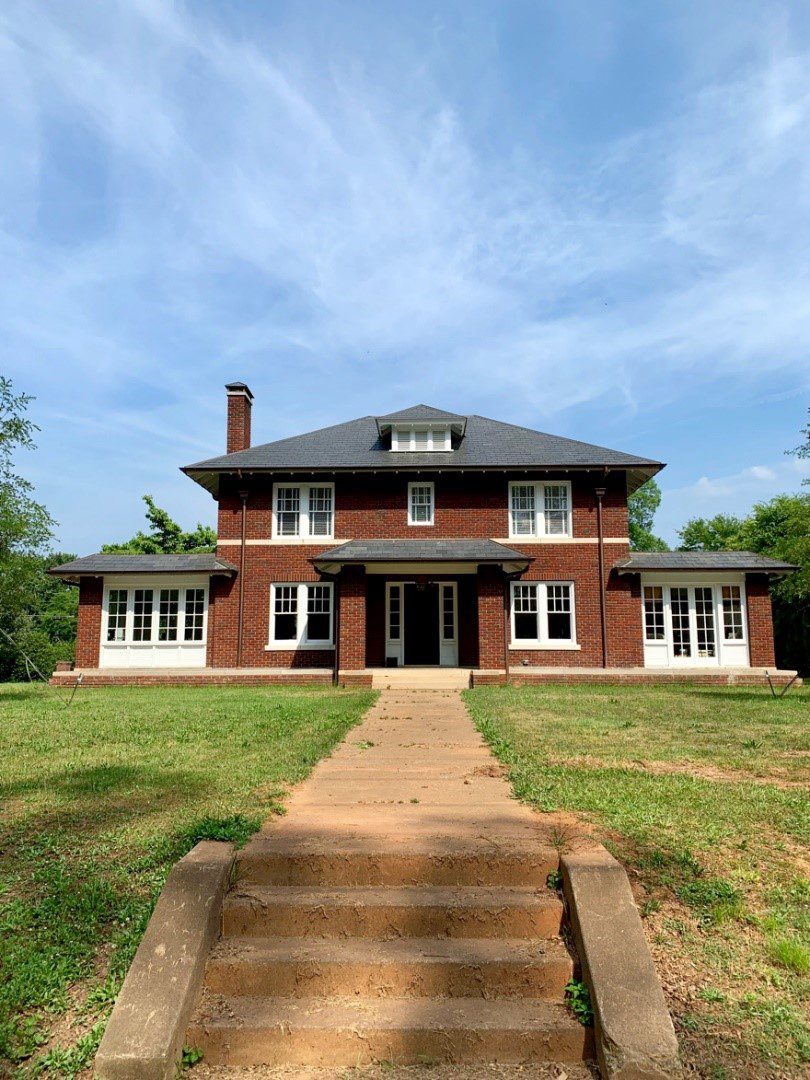
The Greene Residence at 2601 Selwyn Ave. in Myers Park
Photo courtesy Charlotte Museum of History
“After purchasing the property in 2008, owners Phillip and Amy Greene undertook a multi-year process to preserve and restore this 1921 Craftsman-style residence to its original glory. Phillip led the project as general contractor, and Amy provided design support, with planning assistance from architect Don Duffy. The goal was to restore the home to preserve all of its original architectural character along the popular Selwyn Avenue corridor. The result is a home that has been transformed from its prior deteriorated state into a dwelling that respects the original spirit of American foursquare architectural design, while offering the comfort and functionality of modern living.”
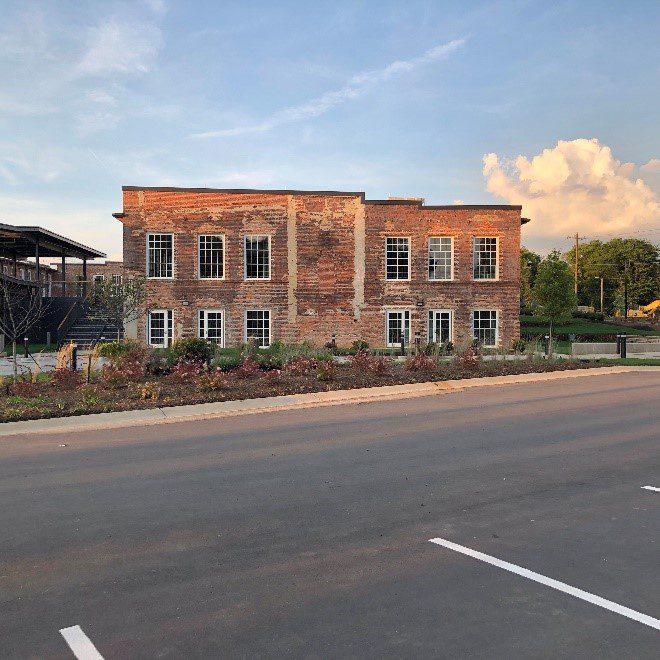
Optimist Hall at East 16th Street /Parkwood Avenue
Photo courtesy Charlotte Museum of History
“Charlotte-based White Point Partners and Atlanta-based Paces Properties restored the 147,000-square-foot Highland Park Manufacturing Company Mill No. 1 to its historic condition, while creating a modern space for office workers and retail patrons. Located in the Optimist Park neighborhood, this turn-of-the century textile mill building is listed on the National Register of Historic Places and is architecturally significant as one of Charlotte’s oldest and most intact textile manufacturing plants.”
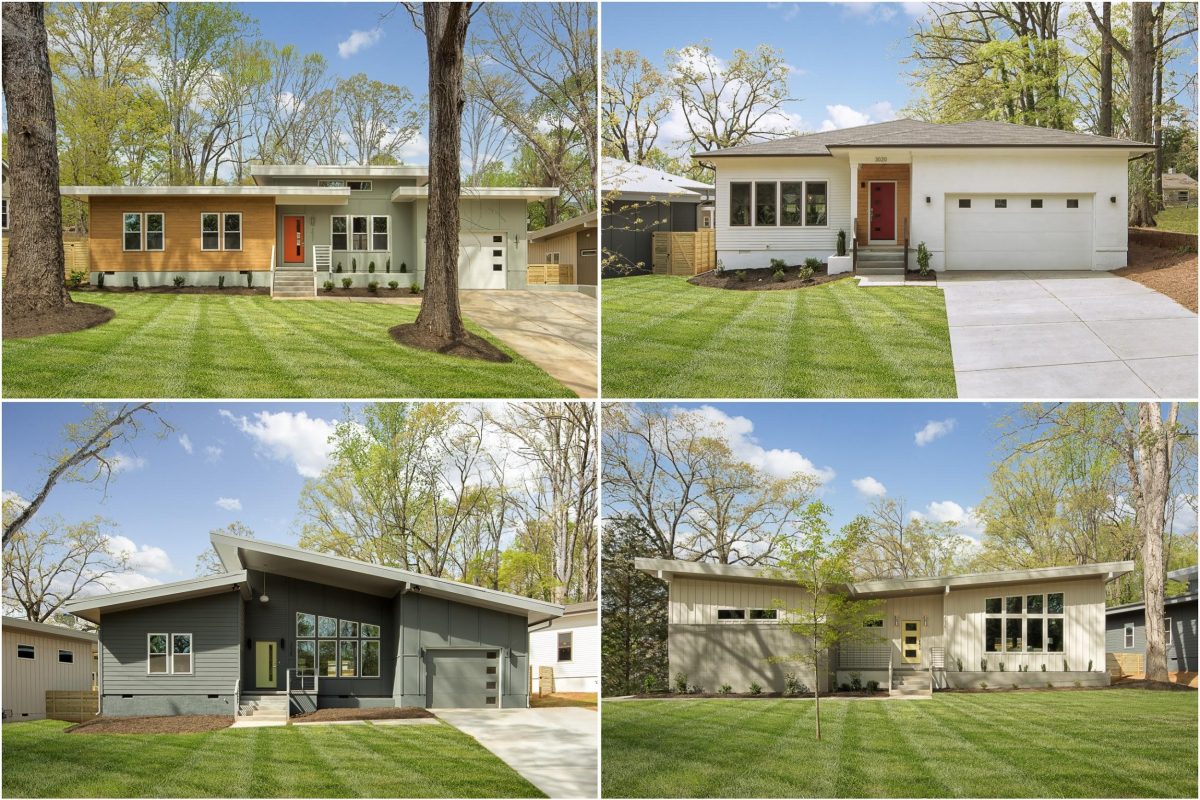
Atomic Palm Project on Palm Avenue in the Country Club Heights neighborhood
Photo courtesy Charlotte Museum of History
“Developer Charlie Miller of Five Points Realty built four mid-century-modern-inspired ranch homes in 2017 on a large lot that was originally developed in the 1950s with a single cottage-style home in the center. The original 70-year-old home was moved to another location on the large lot. The new homes complement the architectural period of the neighborhood, which was developed in the 1950s and 1960s. The new homes have key elements of the original mid-century-era homes in the neighborhood, including open floor plans and unique roof lines, such as the butterfly roof.”
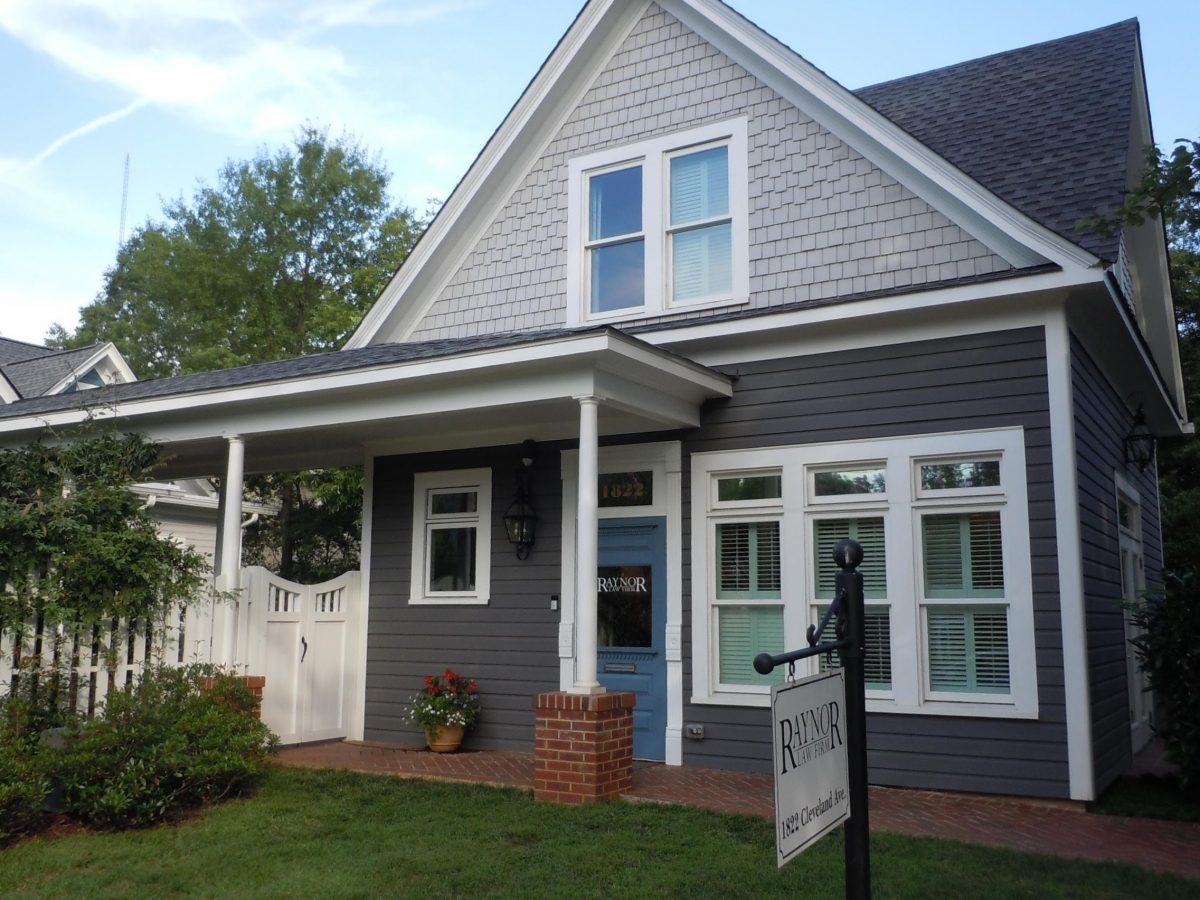
Raynor Law Office at 1822 Cleveland Ave.
Photo courtesy Charlotte Museum of History
“Built in 2016, the Raynor Law Office is on a corner lot at the edge of the Dilworth Historic District. Owners Ken and Lucy Raynor embarked on a project to refurbish an existing historic home facing East Worthington Avenue and add a business location facing Cleveland Avenue. The project provides a unique example of historic preservation and commercial infill on a single site, striking a balance between privacy and public interaction on a busy street corner and embracing a walkable, urban lifestyle.”